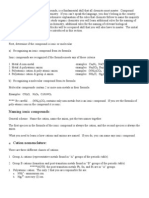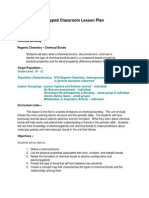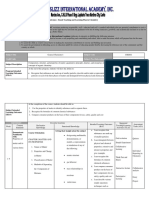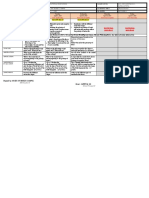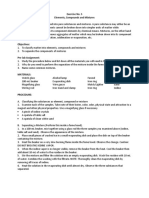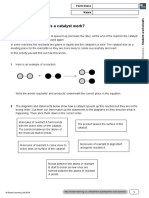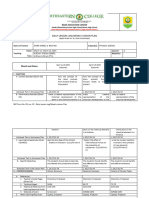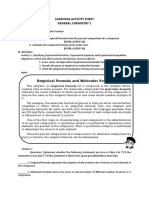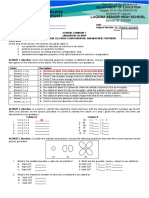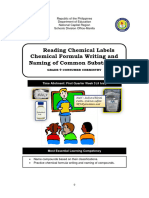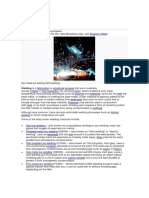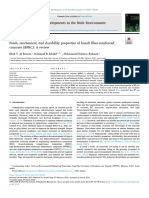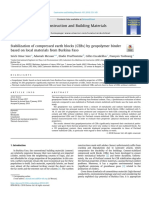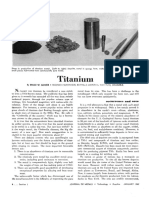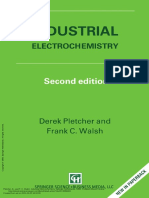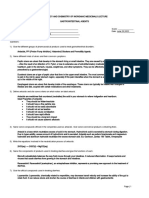0% found this document useful (0 votes)
720 views2 pagesNaming and Formula Practice Quiz
This document contains an ionic compounds practice quiz with multiple choice and short answer questions testing the fundamentals of ions, ionic compounds, naming ionic compounds, and writing formulas for ionic compounds. It also includes questions on writing names and formulas for some covalent compounds. The quiz covers topics such as the definitions of cations, anions, monatomic and polyatomic ions, and binary ionic compounds.
Uploaded by
Sharesse Joy GumalalCopyright
© © All Rights Reserved
We take content rights seriously. If you suspect this is your content, claim it here.
Available Formats
Download as PDF, TXT or read online on Scribd
0% found this document useful (0 votes)
720 views2 pagesNaming and Formula Practice Quiz
This document contains an ionic compounds practice quiz with multiple choice and short answer questions testing the fundamentals of ions, ionic compounds, naming ionic compounds, and writing formulas for ionic compounds. It also includes questions on writing names and formulas for some covalent compounds. The quiz covers topics such as the definitions of cations, anions, monatomic and polyatomic ions, and binary ionic compounds.
Uploaded by
Sharesse Joy GumalalCopyright
© © All Rights Reserved
We take content rights seriously. If you suspect this is your content, claim it here.
Available Formats
Download as PDF, TXT or read online on Scribd
/ 2














